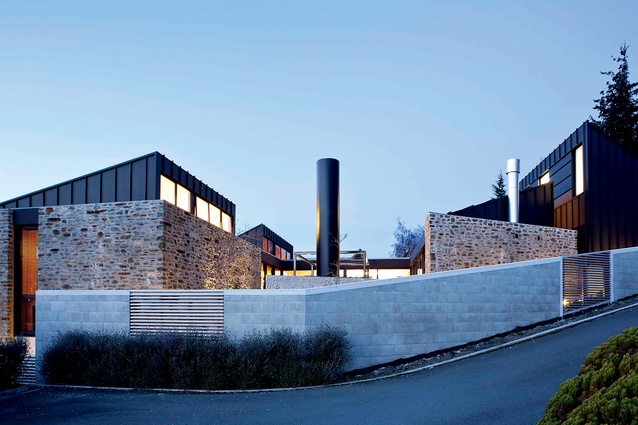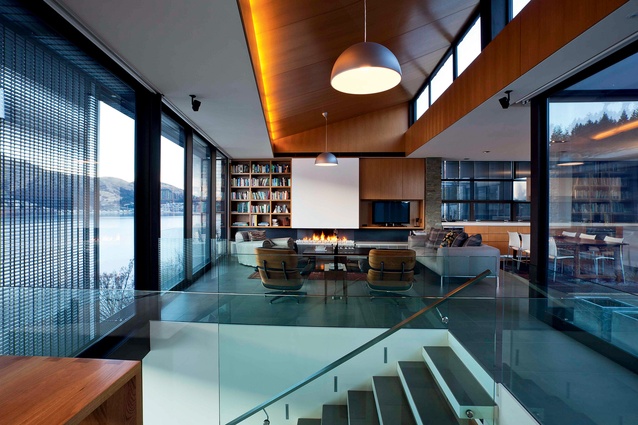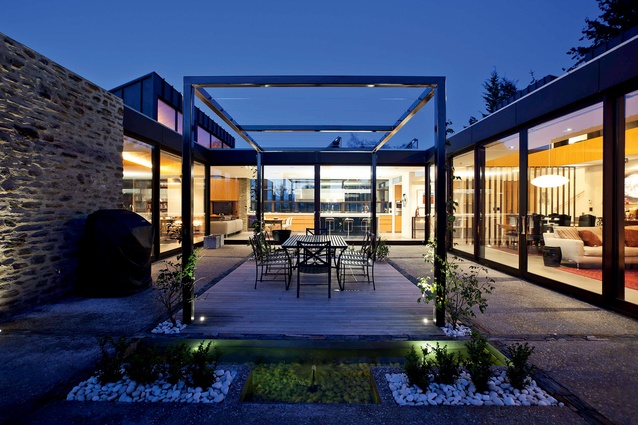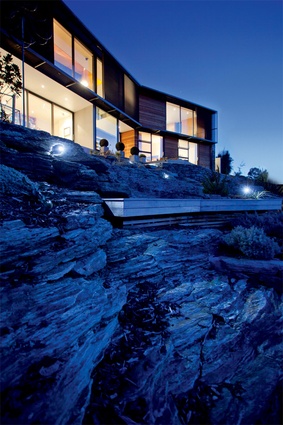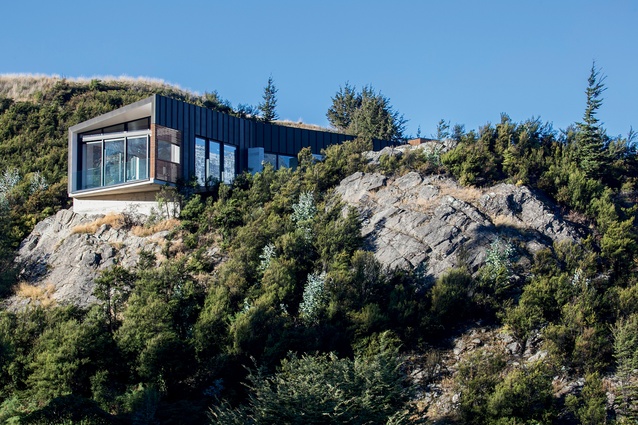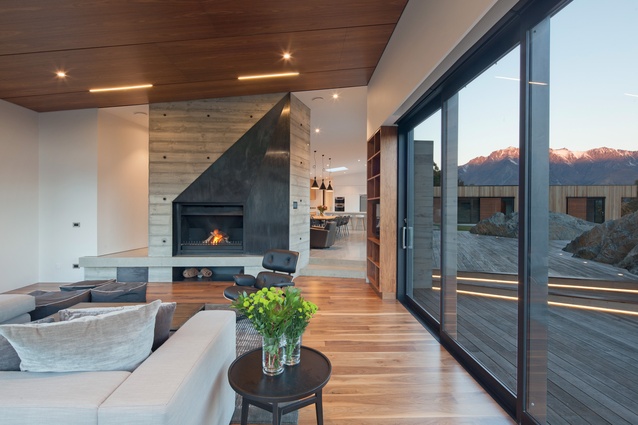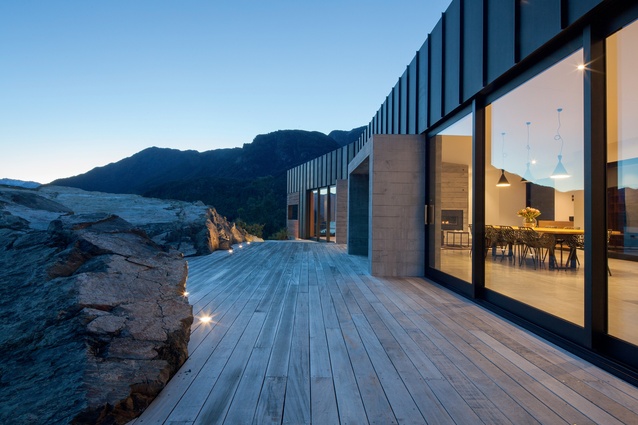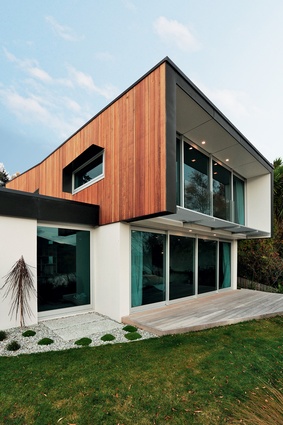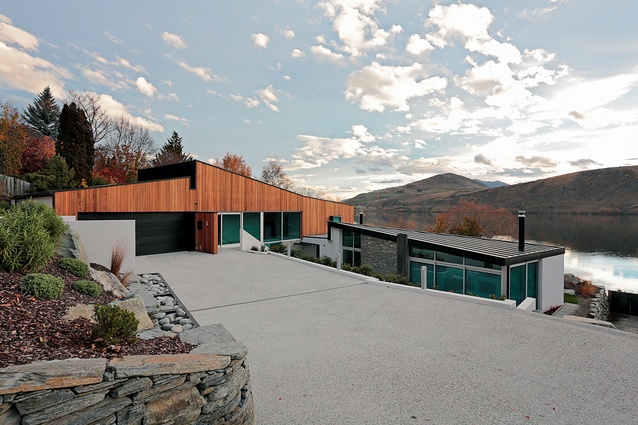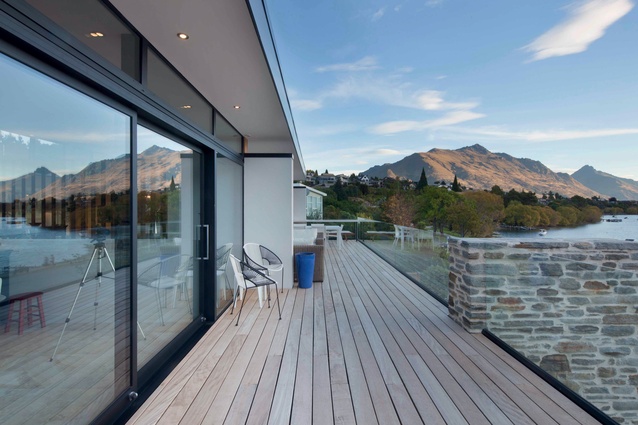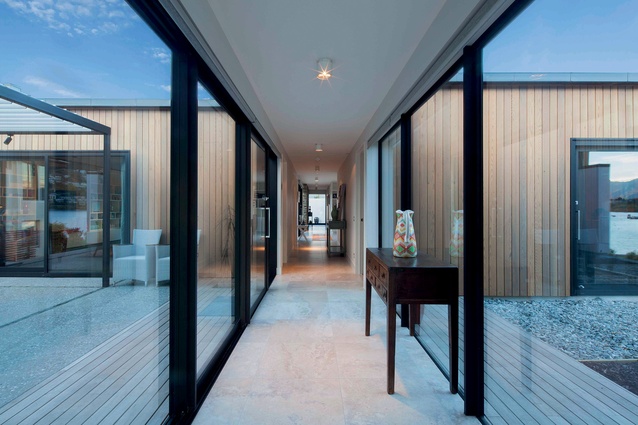Ian Adamson
Frederique Gulcher: Where did your career start?
Ian Adamson: My first job 30 years ago was actually at Warren and Mahoney, where I gained work experience while getting my Christchurch Polytechnic Certificate of Architectural Drafting. I spent most of those few weeks running prints and tracing Sir Miles Warren’s lettering. After I completed my NZCAD, I headed to Auckland University; graduating in 1992.

FG: What is one thing you learnt from one of the greats - Sir Miles Warren?
IA: I was doing a lot of drawing by hand and there was a high expectation that drawings should have a consistent appearance; I was taught every line drawn has meaning/intent.
FG: How did you find yourself, 30 years later, setting up the Queenstown office?
IA: After Auckland, I returned to Christchurch and worked for Wilkie Bruce, before returning to Warren and Mahoney. Then, in 1994, I was asked to relocate for 12 months to Queenstown to manage the growing number of projects.
Following that, it was back to Christchurch before heading to Fiji for a major hotel project. When that was complete I found myself back in Christchurch but commuting regularly to Queenstown. Of course, the inevitable happened and I returned in 2007 to establish what is today a 12-person studio looking after projects from Invercargill to Wanaka.
FG: What attracted you to stay – there must be a lot of challenges designing in this landscape and climate?
IA: We are designing in a powerful landscape, which requires a level of respect in how we respond to it. But we also need to capture and experience this in a meaningful way. The climatic conditions are challenging and we constantly consider how buildings can adapt from -10 mid-winter to +30 degrees in summer. These are challenges that make the work interesting. Queenstown also brings with it a diversity of clients who do not live locally. This requires a high level of communication and trust. It is personally very rewarding to be part of the joy and excitement these clients have seeing their homes unfold via infrequent visits, or sometimes only on completion.
FG: As for responding to the environment, which materials and models, both traditional and modern, suit Queenstown?
IA: I think traditional Queenstown architecture and materials have evolved over time, while still maintaining their intent and meaning. For me, materials should be enduring as they are, where the patination process enriches, versus materials that require frequent maintenance. The result of this being a robust, protective construction that has longevity and retains it’s original intent. Building forms should be uncomplicated and sympathetic to the context as opposed to something of an imported stylistic approach. For example, in a rural setting a cluster or grouping of buildings, as you may expect to find on a farm, is common.
FG: How important is sustainability?
IA: Sustainability is a core value in our practice, embodied in all building typologies and scale. In our residential work, particularly in Queenstown, we focus on building orientation, thermal energy use and detailing well above Building Code requirements. In this climate, heating homes is crucial so as well as wrapping the building up, we look for efficient solutions. Careful consideration goes to material selection and environmental impact during manufacture, recycled content and/or ability to be recycled.
FG: What do you enjoy about residential design versus commercial design?
IA: Even though residential work is very personal and high risk, the reward is equally high. A client with vision and trust is one who is open to the exploration of ideas and innovative thinking which generates a better design response at the end of the day.
FG: Many of the houses featured here comprise structures that work in a unified fashion, but equally could stand alone. Is this typical of your or WaM’s style?
IA: Yes, there is a common thread here, about the location we are designing in, clarity of planning, the spatial qualities tailored by light, capturing and framing views and providing shelter (intermediary zones between indoors and out). Our designs possess a strength; these houses occupy their site confidently while not competing with their surroundings. I don’t see it as a Warren and Mahoney style, but more a line of enquiry that may be further developed and refined. The forms feel appropriate, they respond to site, to the region we live in.
FG: Warren and Mahoney has won many awards and has an excellent reputation - what do you attribute that to? What is the design philosophy?
IA: An interesting question, my initial response would be the value we place on a collaborative, insight-led design approach. Each project is informed by contextual analysis and identification of the essentials. They are innovative yet practical responses to our clients’ personal needs and aspirations.
It is not only about the rigours of the design process, but relationships formed with our clients and industry partners. Our design philosophy operates at all levels through to the resolution of detail and selection of fixtures and fittings. I would like to think we have a passion for quality, to enrich the occupants’ experience and lives. As I learnt many years ago – every little thing we do has meaning and intent.

